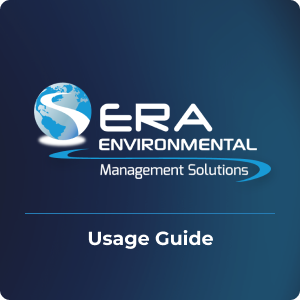-1.png?width=700&height=282&name=waste-min-branding%20(1)-1.png)
Welcome to your ultimate resource for waste reduction! Below, you'll find a comprehensive list of free downloadable PDFs focused on waste minimization across various categories. Whether you're looking to reduce waste in corrugated materials, plastics, textiles, metals, wood, or multi-materials, we've got you covered. Start your journey towards a sustainable future today!

*Guidance Documents not to be reused or redistributed.
This content has been curated by ERA Scientists and is only to be used as an academic resource.
To access any of the above documents: